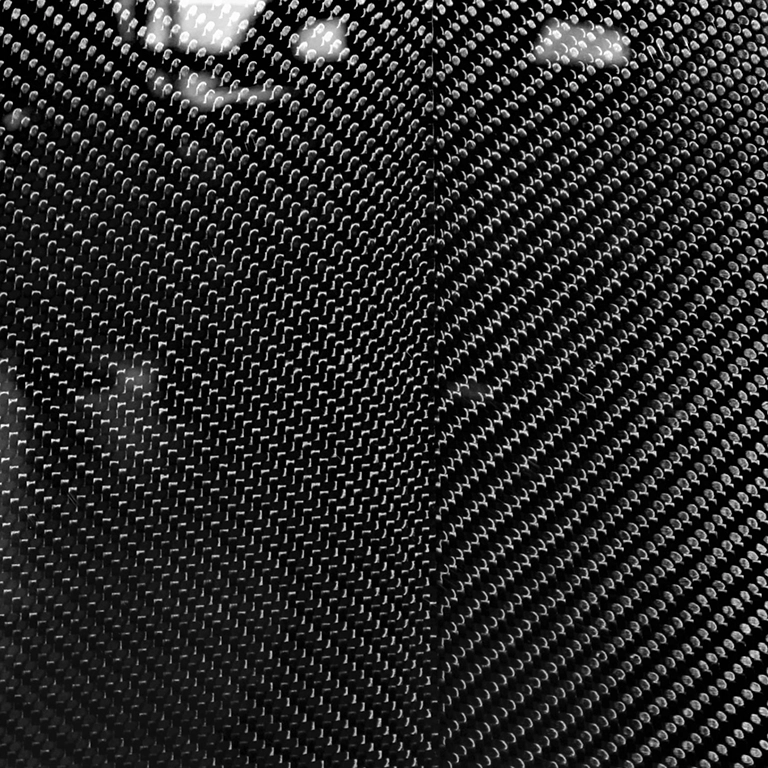The materials
The Use of Carbon Fiber in the Automotive Industry
The advancements of carbon fiber
The use of carbon fiber in the automotive sector gained traction in the early 1980s in the realm of racing. Many people will recall the legendary McLaren MP4 Formula 1 car, designed by John Barnard, which was the first Formula 1 car to utilize a carbon fiber chassis. This car won numerous World Championships with drivers of the caliber of Niki Lauda, Alain Prost, and the late Ayrton Senna.




Up to that point, carbon fiber had been primarily used in aeronautical and aerospace projects. However, over the last 40 years, thanks to its exceptional technical and mechanical characteristics, it has seen an exponential increase in usage in various sectors, including automotive, marine, and sports.
From Formula 1 cars to the most exclusive supercars, from modern America’s Cup yachts to sports equipment used in golf, tennis, and skiing, carbon fiber has progressively replaced traditional materials such as wood and aluminum, becoming an essential element in the production of increasingly technologically advanced components.
Carbon fibers possess characteristics that have significantly contributed to their success, making them irreplaceable in multiple fields.
With an extremely high compressive modulus, comparable to that of steel, high fatigue resistance in repeated cycles, and unchanged long-term stability, along with a very low specific density, carbon fiber has enabled significant weight reduction in manufactured goods. It also allows for the orientation of fibers according to stress axes and modularity of structures.

